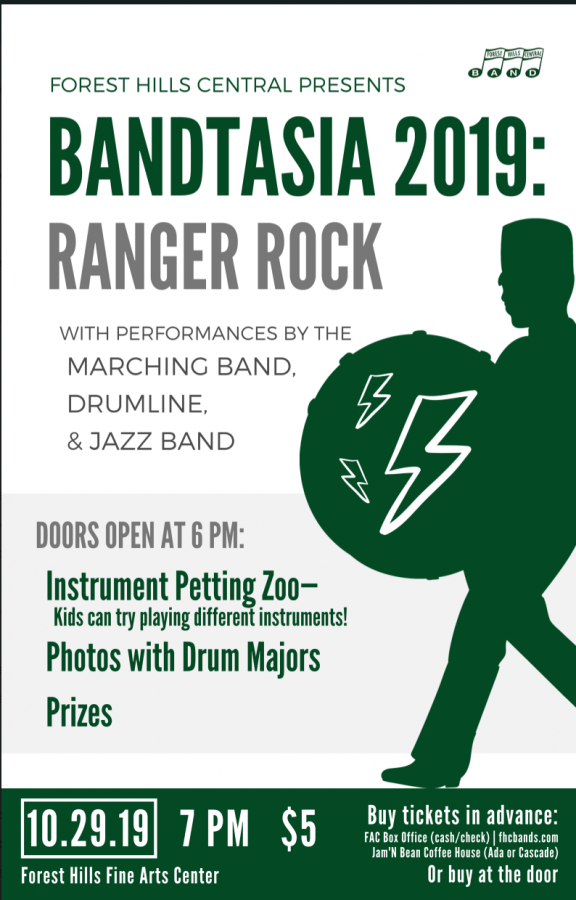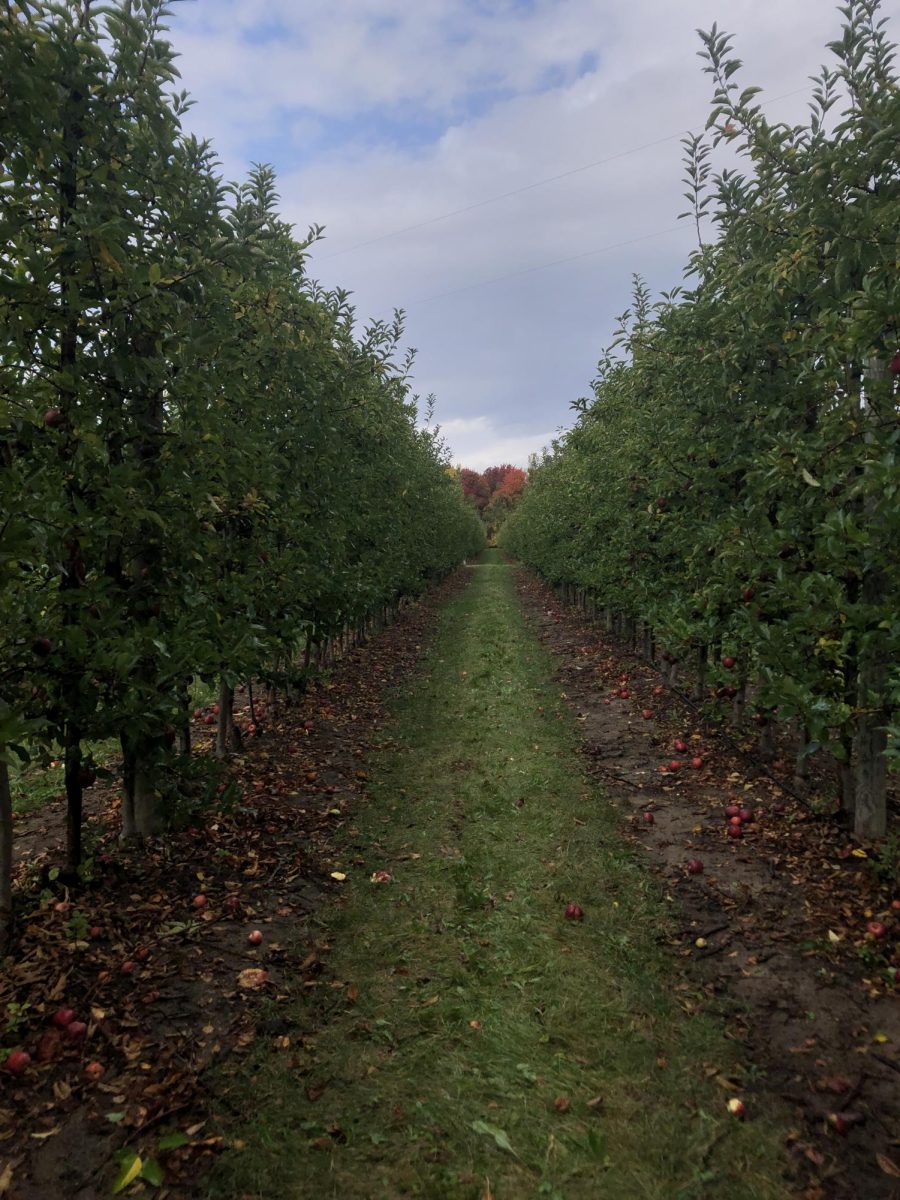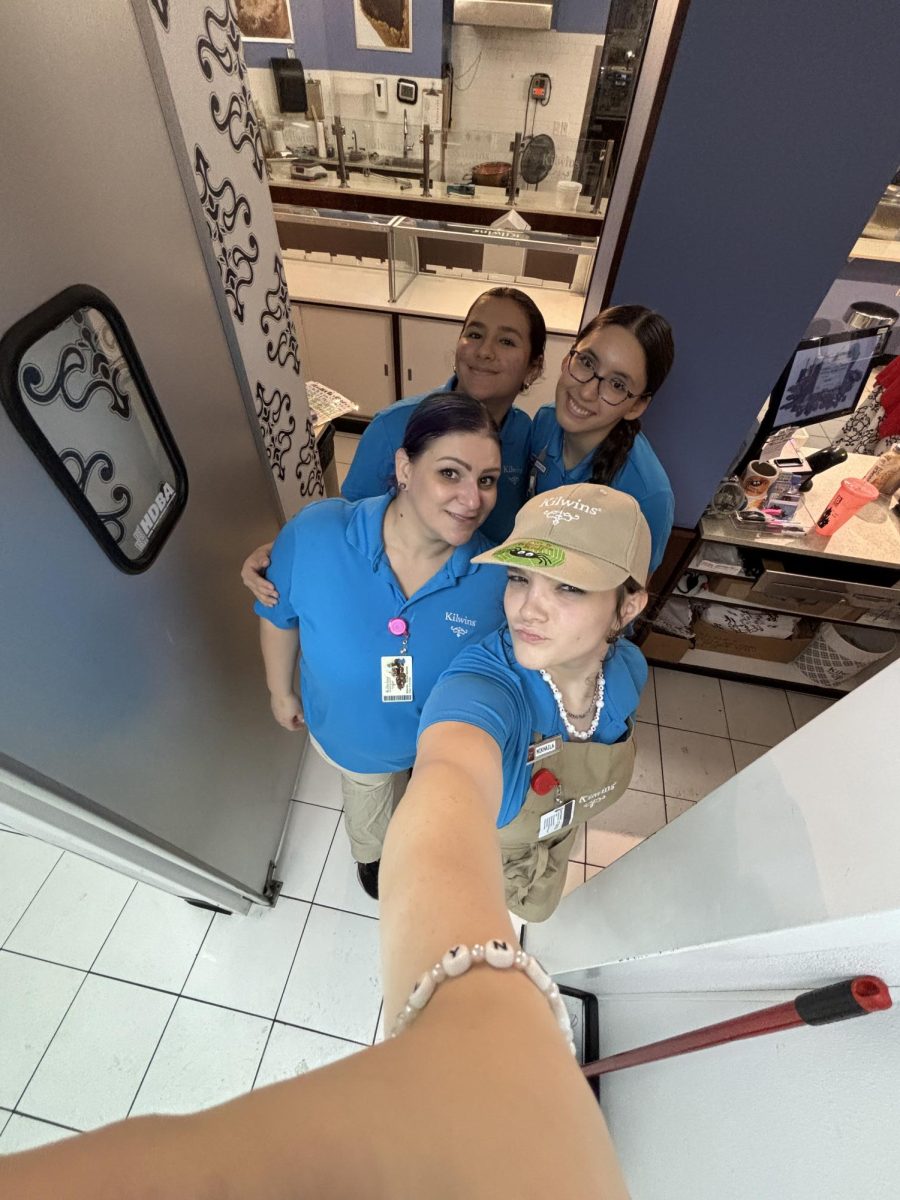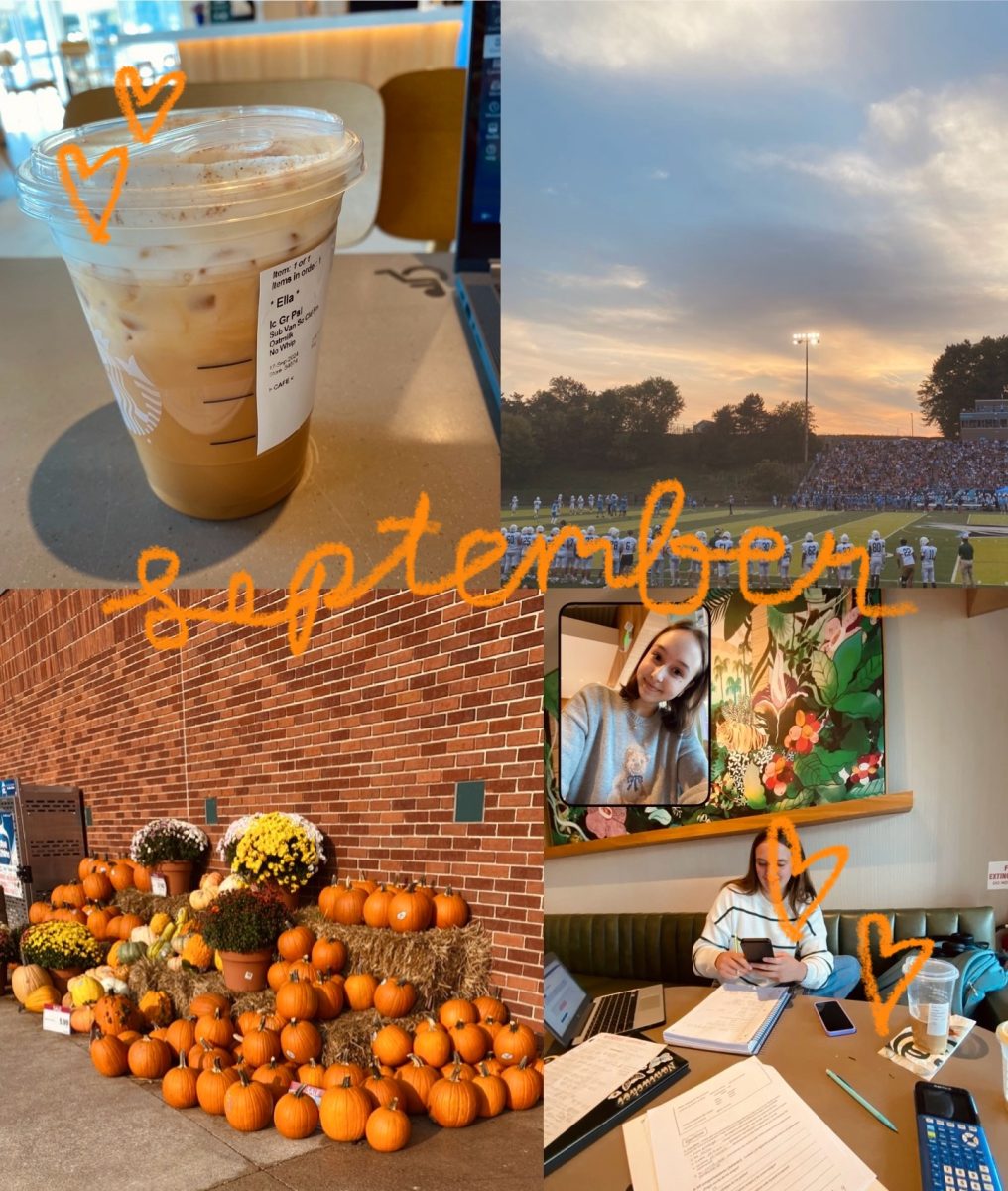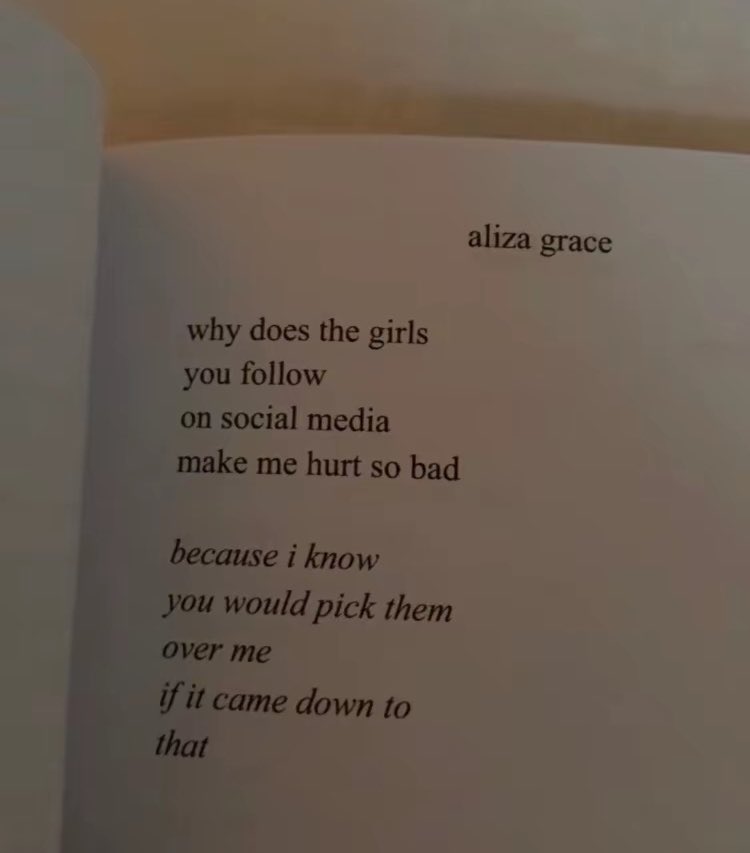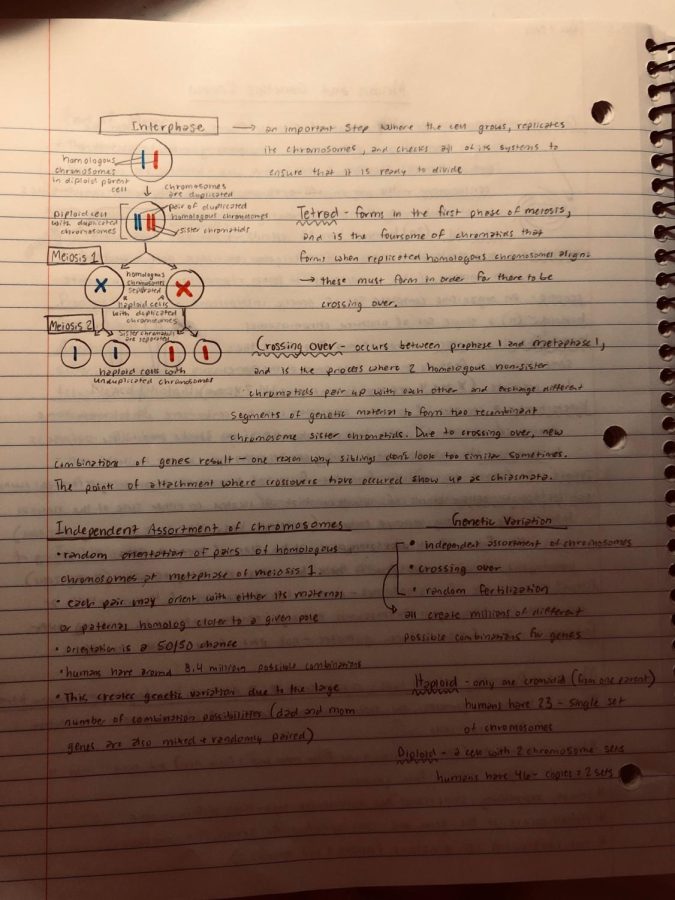Committing information to memory: putting pen to paper
A picture of one of my note pages for the genetics unit in AP biology. It is filled with vocab words and definitions, images, and key information to help me commit it to memory.
Opinions expressed in editorials on The Central Trend are the view of the individual writer and are not the opinion of the entire staff of The Central Trend or the Forest Hills Central staff or administration.
I would say that I don’t have the neatest handwriting; I would consider it average, not too shabby, but clearly nothing close to calligraphy.
However, despite my far-from-perfect penmanship, I love taking notes—handwritten notes, that is. Any class, any subject, and any topic, I love to jot down my thoughts on paper.
However, while I’m filling pages and pages with scribbled notes, drawings, and symbols relating to the subject, I notice that some of my classmates take a different route.
They pull out their computers, open up a blank Google Document, and get to work typing notes in the form of bullet-point lists, run-on sentences, or just abbreviated words on the page.
As much as writing for hours every day puts my hand in immense pain, it is how I commit information to memory best, so I just continue to push my hand strength to the breaking point.
Numerous studies have shown that the physical act of hand-writing information down improves memorization. When you write something down, as far as your brain is concerned, you are actually performing what you are writing. So, when it comes time to use the information you practiced writing, it comes to fruition with much more ease (Lifehack.org).
This also happens when it comes to me taking methodical notes. For example, as I study for my upcoming AP Biology test on Friday, another process happens in the brain as I prepare to write the information down on my lined notebook paper: when I write, my brain is doing something to make sense of and order the thoughts that I will momentarily record on the paper (Lifehack.org).
This is a valuable instance because it allows the brain to sort through the information, pick out the key takeaways, and organize and associate them in such a way that makes sense in terms of the content.
For me, this is really what helps me organize my thoughts and topics that I study, and ultimately leads to purposefully placed diagrams, labeled definitions, and corresponding facts about a certain subject.
One could argue that typing on a device still includes the act of writing information down in a sense. Though that could be considered accurate, it is lacking the physical act of writing and forming letters, which are part of the commitment to memory.
Another reason I prefer handwritten notes over digital notes is that I can really make them my own. I would classify my notes as organized chaos, meaning that they may not be aesthetically pleasing to others or Pinterest-worthy, but they are organized in a way where I know exactly where to find things.
Aside from taking notes for schooling purposes, I have noticed that when I want to remember to do something like a simple chore, I write it on a little random piece of paper, and ironically enough, I usually don’t even need to look at the note again for me to remember to perform the chore. That is evidence of how writing it down helped it stick in my brain.
Now, I recognize that not everyone learns or commits information to memory the same way. Digital notes may work wonderfully for some students, and if that works best for them, who am I to judge?
However, from experience, I would argue that most times, the physical act of handwriting information down on paper is a significant way to commit notes to memory. It trains your brain to look for patterns in the notes and associate them with each other, making for a truly significantly successful study habit.

Liza McCarthy is a senior who is excited for her second and final year on staff. This year, she is taking on the new role of Podcast Manager which will...





